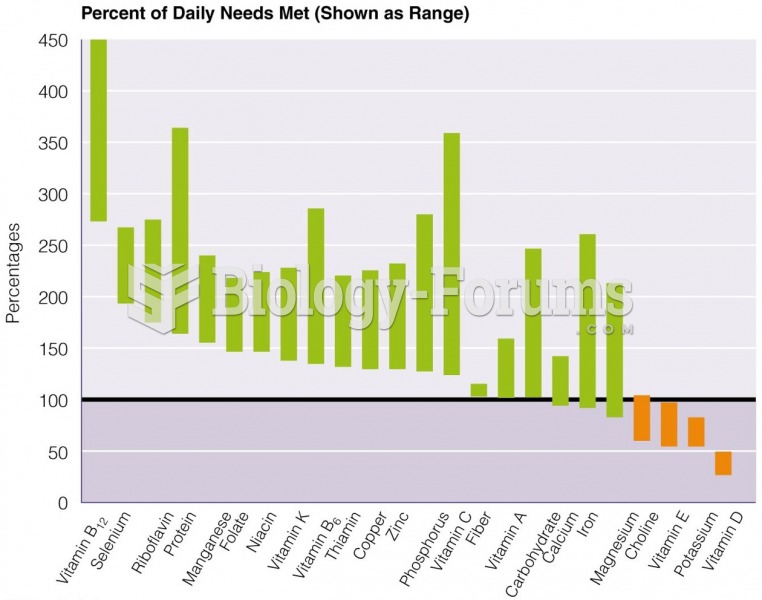|
|
|
There are over 65,000 known species of protozoa. About 10,000 species are parasitic.
About 100 new prescription or over-the-counter drugs come into the U.S. market every year.
Chronic marijuana use can damage the white blood cells and reduce the immune system's ability to respond to disease by as much as 40%. Without a strong immune system, the body is vulnerable to all kinds of degenerative and infectious diseases.
Prostaglandins were first isolated from human semen in Sweden in the 1930s. They were so named because the researcher thought that they came from the prostate gland. In fact, prostaglandins exist and are synthesized in almost every cell of the body.
Pubic lice (crabs) are usually spread through sexual contact. You cannot catch them by using a public toilet.







